Mystery object that washed up on the Australian coast could be space junk, officials say
Tuesday, 18 July 2023 07:20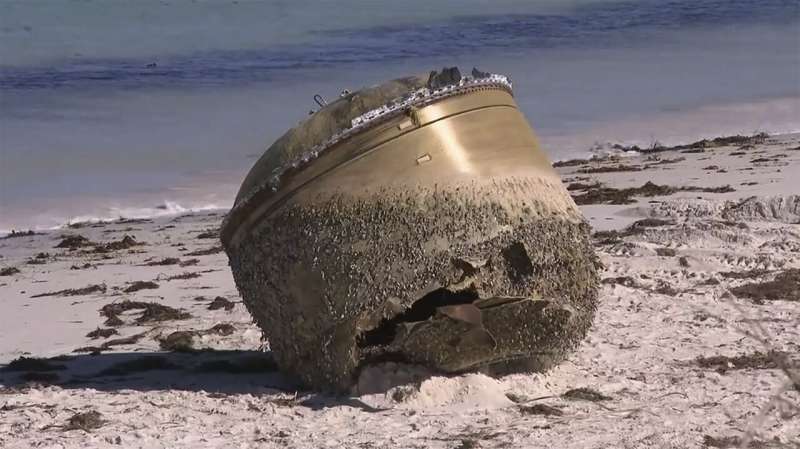
Authorities were investigating on Tuesday whether a cylindrical object about the size of a small car that washed up on a remote Australian beach is space junk from a foreign rocket.
A car-sized object that washed ashore in western Australia is thought to be space junk
Tuesday, 18 July 2023 07:20
Authorities were investigating on Tuesday whether a cylindrical object about the size of a small car that washed up on a remote Australian beach is space junk from a foreign rocket.
Young space firms are driving acquisition activity
Monday, 17 July 2023 22:12
Young space companies made more acquisitions than their older peers over the last 12 months, according to analysis from British investment firm Seraphim Space.
NASA's first new wind tunnel in 40 years will turn science fiction to fact
Monday, 17 July 2023 18:12
Flying cars. Space tourism. Safe reentry for astronauts coming back from Mars.
These technologies are still science fiction, but some won't be for much longer, according to Charles "Mike" Fremaux, NASA Langley Research Center's chief engineer for intelligent flight systems.
To test these concepts, particularly in regard to public and military safety, NASA Langley is building its first new wind tunnel in over 40 years. The NASA Flight Dynamic Research Facility, a project Fremaux has been pursuing for 25 years, will replace two smaller wind tunnels that are around 80 years old. The center's most recent and largest, the National Transonic Facility, was built in 1980.
"These facilities are really kind of tailor-made for doing a lot of that work," he said at a presentation at the Virginia Air & Space Science Center in Hampton on Tuesday. The talk was part of NASA Langley's Sigma Series community lectures.
"That's not our traditional wheelhouse. We haven't tested anything with a propeller on it in decades."
That's because many new craft will depend on electric vertical takeoff and landing, or "eVTOL," technology.
LightRidge acquires space electronics supplier Trident Systems
Monday, 17 July 2023 17:44
LightRidge Solutions, a company that owns space and airborne sensor businesses, announced July 17 it has acquired space electronics supplier Trident Systems.
China has begun launching its own satellite internet network
Monday, 17 July 2023 17:13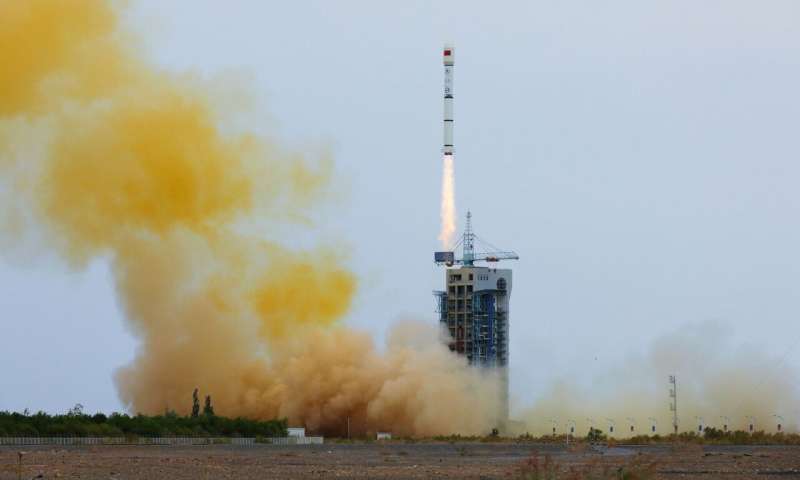
Since 2019, Elon Musk and SpaceX have led the charge to create high broadband satellite internet services. As of May 2023, the Starlink constellation consisted of more than 4,000 satellites operating in Low Earth Orbit (LEO) and roughly 1.5 million subscribers worldwide. Several competitors began launching constellations years before Starlink began, and several companies have emerged since. This includes HughesNet, OneWeb, and Amazon's Kuiper Systems. But Starlink's latest challenger could be its most fearsome yet: a company in China backed by the Beijing government.
On Sunday, July 9, a prototype internet satellite was launched aboard a Long March 2C carrier rocket from China's Jiuquan Satellite Launch Center in Inner Mongolia. The satellite has since entered a predetermined orbit, where it will conduct several tests to validate the broadband satellite technology.
New NASA Artemis instruments to study volcanic terrain on the moon
Monday, 17 July 2023 17:09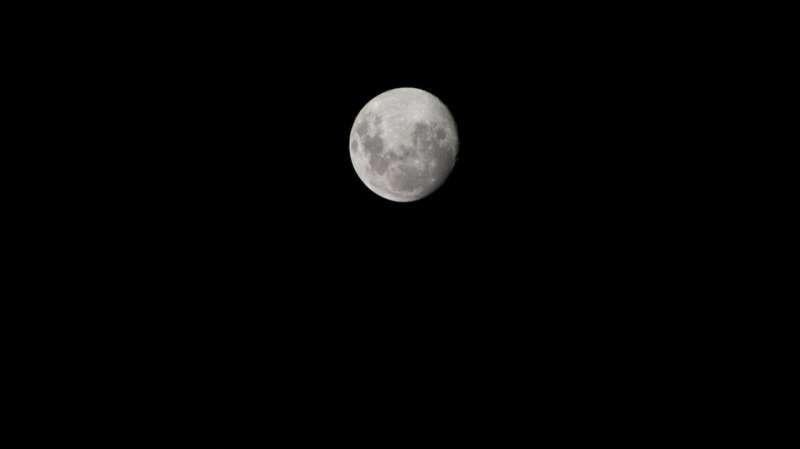
As part of NASA's regular cadence of robotic lunar missions through Artemis, the agency has selected a new scientific payload to establish the age and composition of hilly terrain created by volcanic activity on the near side of the moon.
The DIMPLE instrument suite, short for Dating an Irregular Mare Patch with a Lunar Explorer, will investigate the Ina Irregular Mare Patch, discovered in 1971 by Apollo 15 orbital images. Learning more about this mound will address outstanding questions about the evolution of the moon, which in turn can provide clues to the history of the entire solar system.
DIMPLE is the result of the third annual proposal call for PRISM (Payloads and Research Investigations on the Surface of the Moon), which sends science investigations to the moon through a NASA initiative called CLPS, or Commercial Lunar Payload Services. This PRISM call was the first that allowed proposers to choose and justify a particular landing site for conducting high-priority lunar science investigations.
"This commercial payload delivery initiative is helping to provide a burst of lunar science and exploration," said Nicola Fox, associate administrator for science at NASA Headquarters in Washington.
Preserved presolar silicate grains found in Ryugu samples
Monday, 17 July 2023 15:00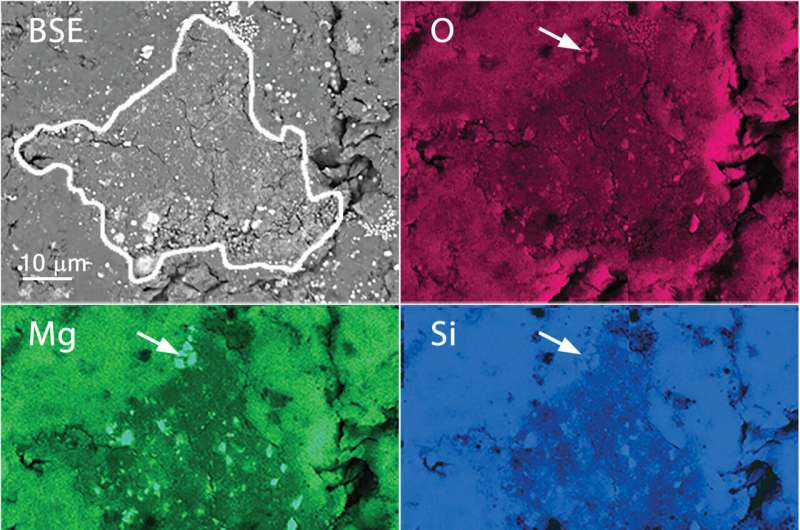
China sets out preliminary crewed lunar landing plan
Monday, 17 July 2023 13:38
China is formalizing its plans to land a pair of astronauts on the surface of the moon before the end of the decade.
Virgin Galactic's next spaceflight will include sweepstakes winners
Monday, 17 July 2023 12:54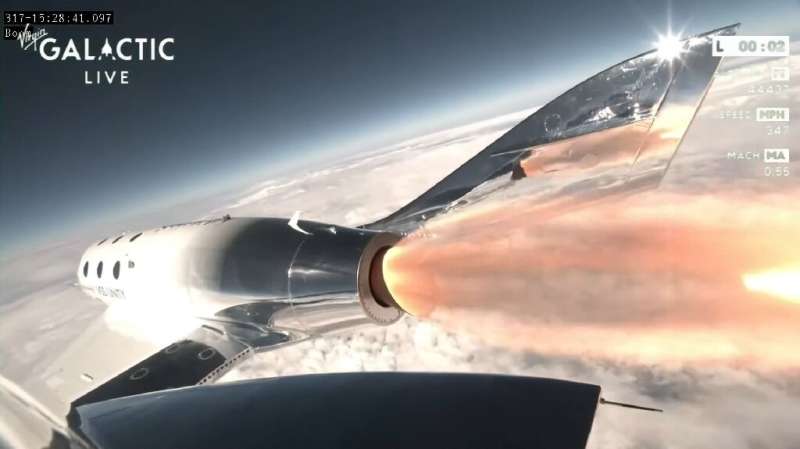
Virgin Galactic's next spaceflight will include a mother-daughter duo from the Caribbean who won their tickets in a sweepstakes contest, as well as an 80-year-old former Olympian.
The company founded by British billionaire Richard Branson flew its first paying customers, members of the Italian Air Force, last month—a long awaited achievement that put it back on track in the emerging private spaceflight sector.
Its next mission "Galactic 02,' is planned for August 10 from Spaceport America, New Mexico, the company said in a statement.
Virgin Galatic's next spaceflight will include sweepstakes winners
Monday, 17 July 2023 12:54
Virgin Galactic's next spaceflight will include a mother-daughter duo from the Caribbean who won their tickets in a sweepstakes contest, as well as an 80-year-old former Olympian.
The company founded by British billionaire Richard Branson flew its first paying customers, members of the Italian Air Force, last month—a long awaited achievement that put it back on track in the emerging private spaceflight sector.
Its next mission "Galactic 02,' is planned for August 10 from Spaceport America, New Mexico, the company said in a statement.
Return to Tranquility Base first
Monday, 17 July 2023 11:56
When NASA's Artemis 3 mission attempts what could be the first crewed lunar landing since Apollo, it should return to Tranquility Base and save the South Pole for later.
U.K. Parliament committee recommends streamlining launch licensing
Monday, 17 July 2023 07:55
A United Kingdom Parliament committee is calling on the government to revise its approach for licensing launches, warning it could fall behind international competitors if it fails to do so.
GMV teams with Galician Innovation Agency to fortify CIAR with advanced cybersecurity system
Sunday, 16 July 2023 10:36 Leading global technology firm GMV has forged a euro 1.6 million contract with the regional government of Galicia's Galician Innovation Agency. The ambitious agreement is for the development of a robust cybersecurity system, specifically designed to detect radiofrequency signal jamming in the vicinity of the Rozas Airport Research Center (CIAR). The primary objective of this system is to provid
Leading global technology firm GMV has forged a euro 1.6 million contract with the regional government of Galicia's Galician Innovation Agency. The ambitious agreement is for the development of a robust cybersecurity system, specifically designed to detect radiofrequency signal jamming in the vicinity of the Rozas Airport Research Center (CIAR). The primary objective of this system is to provid HawkEye 360 raises $58M for satellite architecture and data science acceleration
Sunday, 16 July 2023 10:36 HawkEye 360 has secured $58 million in a new round of funding. This financial backing, designated as the Series D-1 funding round, is set to be channeled into the development of innovative space systems and expanding analytics which are pivotal in supporting high-value defense missions.
Leading the Series D-1 funding round were funds and accounts managed by BlackRock (NYSE: BLK). In additi
HawkEye 360 has secured $58 million in a new round of funding. This financial backing, designated as the Series D-1 funding round, is set to be channeled into the development of innovative space systems and expanding analytics which are pivotal in supporting high-value defense missions.
Leading the Series D-1 funding round were funds and accounts managed by BlackRock (NYSE: BLK). In additi 
